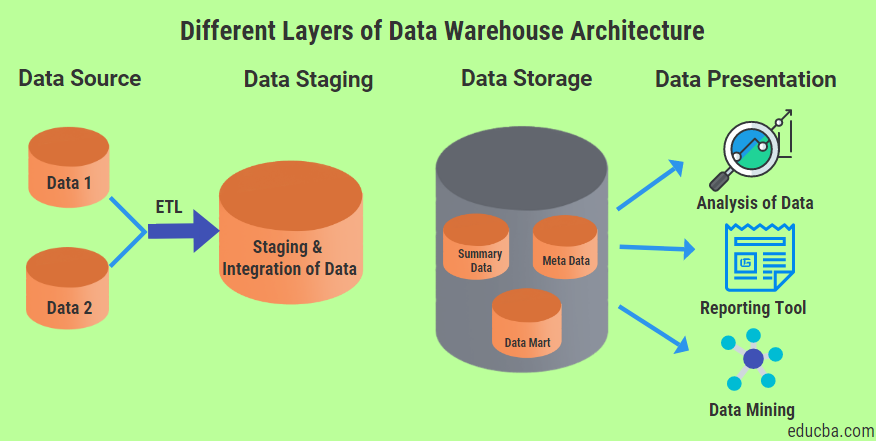

- #Rapidcopy copy if idfferent size dat generator#
- #Rapidcopy copy if idfferent size dat verification#
- #Rapidcopy copy if idfferent size dat software#

Gets put on the card right when it comes out of the camera. The system I like is: 1" red paper tape with the roll #. Don't reuse cards that have not been copy verified! This way you can always recopy from the card if there are issues. Most importantly, you need to have a system of physically labeling cards so that there is no confusion what is exposed, downloaded but not verified, and ok to format. I've seen readers corrupt footage occasionally when they get too hot, so it's a good idea to have a backup reader and swap them out if you are constantly being thrown cards. MD5 checksum copies to two separate locations at the minimum. I would recommend Shotput Pro, Double Data never worked for me but the previous versions of R3D and Alexa Data Manager worked fine. You can never be overly paranoid about data, if you are sloppy you will run into lots of problems and destroy everyone's work Edited Jby aapo lettinen
#Rapidcopy copy if idfferent size dat generator#
Everything is ups powered so I can use the system with generator without problems. The biggest risks with data are electrical problems, thefts and fires on set. When I have to leave the dit set during the day I usually take the 3.5" drive with me. I make two LTO5 copies of the material weekly and can then reuse some of the 3.5" drives, the raids have to be reset every five or six days and then I need to have three more durable copies of the material. I check the second and third copy manually and also compare the source and destination md5:s which the double data stores in text files next to the copy.Īfter the day I clone the 3.5" drive in docking station two times and verify all the copies with DD using the checksums from the original transfer.
#Rapidcopy copy if idfferent size dat verification#
I use Double Data for epic and alexa material, usually I transfer the material from the camera cards using source and destination verification and when the transfer is complete I will do two normal copies to separate drives (first copy goes to raid array, I have another raid array for secondary copy and the third copy goes to 3.5" bare sata hard drive via docking station. When you know the checksums of the original camera files you can check all the copies and see which ones are correct or not. I highly recommend always doing chechsum verified transfers for important material. PS I realise doing a byte compare is not instead of using two sets of hardware, it is a extra check.
#Rapidcopy copy if idfferent size dat software#
Alternatively a suite of utilities that does the copy and compare, and possibly maintain database (but I guess this is specialist software that may not be cheap). A simple byte compare utility would be good (did some googling but no joy). Be good if it was not too expensive, preferably open source. check the two files contain exactly the same data on a byte by bit, byte by bit, basis). So I to be extra careful I want to do a byte compare after the copy (i.e. Turned out it was one of the card readers that was introducing the corruption not it turns out he was not being over paranoid. He got the backup to him and tested his hardware. The copy they were using in the edit had corrupted footage. He was doing DIT for a project and being over paranoid he did 2 copies using totally different drives/card readers. Not sure where it came from but a friend told me an interesting story. A job I did recently had some corruption of the files (I did not do the copy but it has got me thinking I need to find most robust way of copying off camera cards). Static char *tmisc_id (C) 1996-2012 H.Shirouzu tmisc.cpp Ver0.Hi, I am a freelance camera/film-maker.


 0 kommentar(er)
0 kommentar(er)
